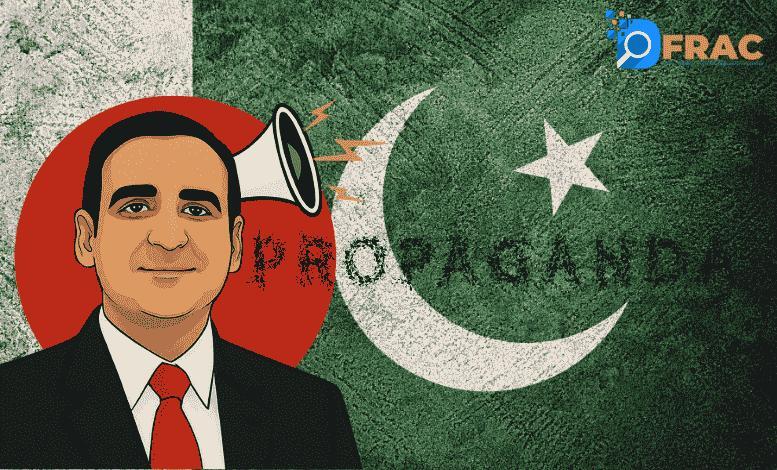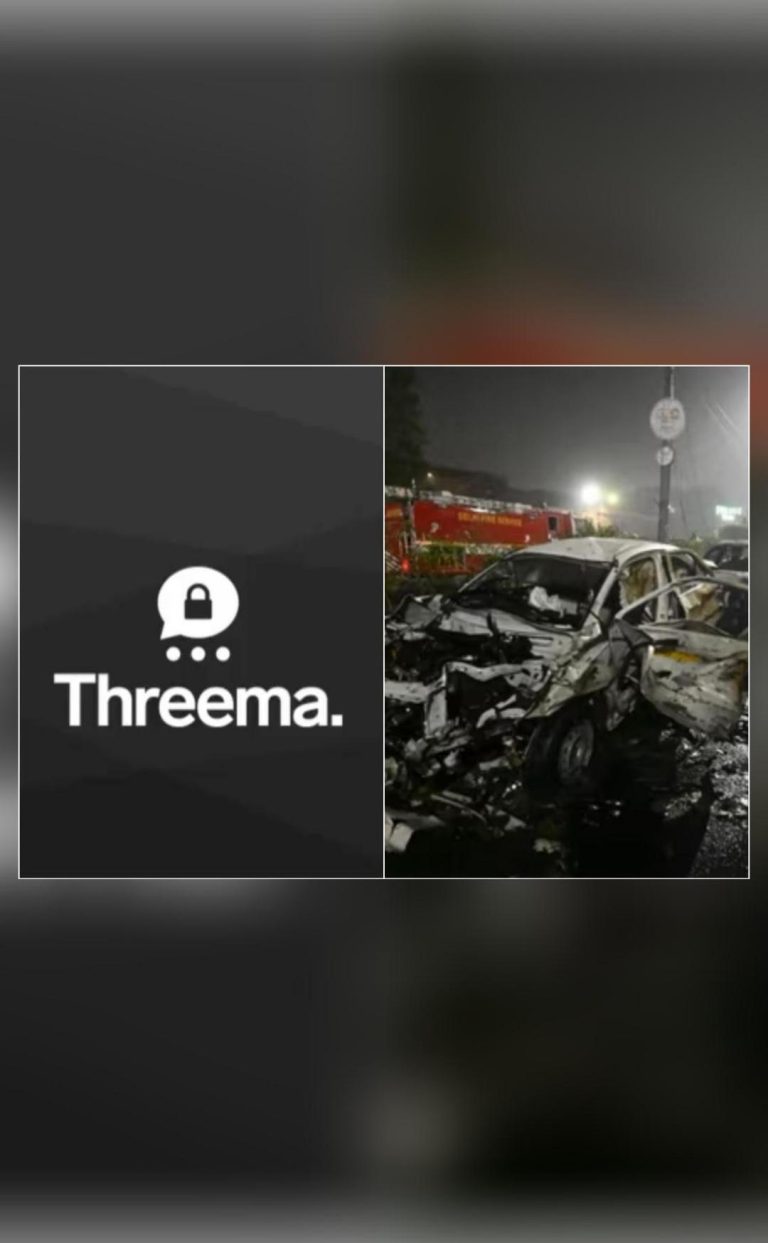
Title: Pak’s Mansoor Qureshi spreading misinformation on X: DFRAC probe
In the midst of escalating tensions between Iran and Israel, a peculiar figure has come under scrutiny for spreading misinformation on X. Mansoor Ahmed Qureshi, a former journalist turned disinformation agent, has been identified by the DFRAC (Digital Forensics and Research Center) in a recent investigation. The report highlights Qureshi’s dramatic transformation from a respected news anchor to a purveyor of fake news and misleading visuals, raising grave concerns about his role in fuelling geopolitical propaganda.
Qureshi’s rise to prominence
Mansoor Qureshi was once a respected name in Pakistani journalism, hosting a popular news program on a leading television channel. His sharp wit, analytical mind, and charismatic on-air presence earned him a significant following. However, over the years, Qureshi’s focus shifted from objective reporting to more provocative and sensational content. His social media profiles, particularly on X, began to fill with attention-grabbing headlines and misleading visuals.
The DFRAC investigation revealed that Qureshi’s content regularly featured inflammatory language, exaggerated claims, and outright fabrications. He often took to his platform to spread conspiracy theories, misinformation, and disinformation, targeting specific audiences and amplifying divisive narratives. Qureshi’s provocative content not only damaged his credibility as a journalist but also contributed to the erosion of trust in the media as a whole.
From newsroom to propaganda room
The DFRAC report highlights the stark contrast between Qureshi’s past and present. As a journalist, he was known for his commitment to fact-checking and accurate reporting. However, his recent content is replete with errors, inaccuracies, and misleading information. The investigation also uncovered instances where Qureshi deliberately manipulated images, audio, and video to fit his narrative.
Qureshi’s transformation from a respected journalist to a disinformation agent is a worrying trend. His ability to command attention and influence his audience’s perceptions has made him a valuable asset for those seeking to spread propaganda and mislead the public. The DFRAC report emphasizes the need for media outlets and social media platforms to take responsibility for monitoring and addressing the spread of misinformation.
Consequences of Qureshi’s actions
Qureshi’s actions have far-reaching consequences, not only for the media landscape but also for international relations and global security. His provocative content contributes to an already volatile environment, fueling tensions and exacerbating existing conflicts. The spread of misinformation can lead to misunderstandings, misperceptions, and even violence, with devastating humanitarian and economic consequences.
Moreover, Qureshi’s actions undermine the credibility of legitimate news sources and further erode trust in institutions. As a result, people become increasingly reliant on unverified sources and conspiracy theories, making it challenging to separate fact from fiction. This environment creates an ideal breeding ground for disinformation agents like Qureshi to flourish.
Impact on Pakistani media
Qureshi’s transformation and the subsequent DFRAC investigation have sent shockwaves through the Pakistani media landscape. Many have expressed concern about the erosion of journalistic standards and the proliferation of misinformation. The incident has also raised questions about the role of media regulators and the responsibility of social media platforms in monitoring and addressing the spread of disinformation.
The Pakistani government has been urged to take concrete steps to address the issue, including strengthening media regulations and increasing transparency in the media industry. The DFRAC report has sparked a much-needed conversation about the importance of fact-checking, media literacy, and responsible reporting.
Conclusion
Mansoor Qureshi’s transformation from a respected journalist to a disinformation agent serves as a stark reminder of the perils of misinformation and the importance of responsible reporting. The DFRAC investigation highlights the need for media outlets and social media platforms to take proactive measures to address the spread of disinformation. As the world grapples with the challenges of fake news, propaganda, and disinformation, it is crucial that we prioritize fact-checking, media literacy, and critical thinking.
The DFRAC report serves as a wake-up call for media professionals, policymakers, and the general public to recognize the gravity of the situation and take collective action to combat the spread of misinformation. By doing so, we can safeguard the integrity of the media, promote transparency, and foster a more informed and responsible global community.
Source:






